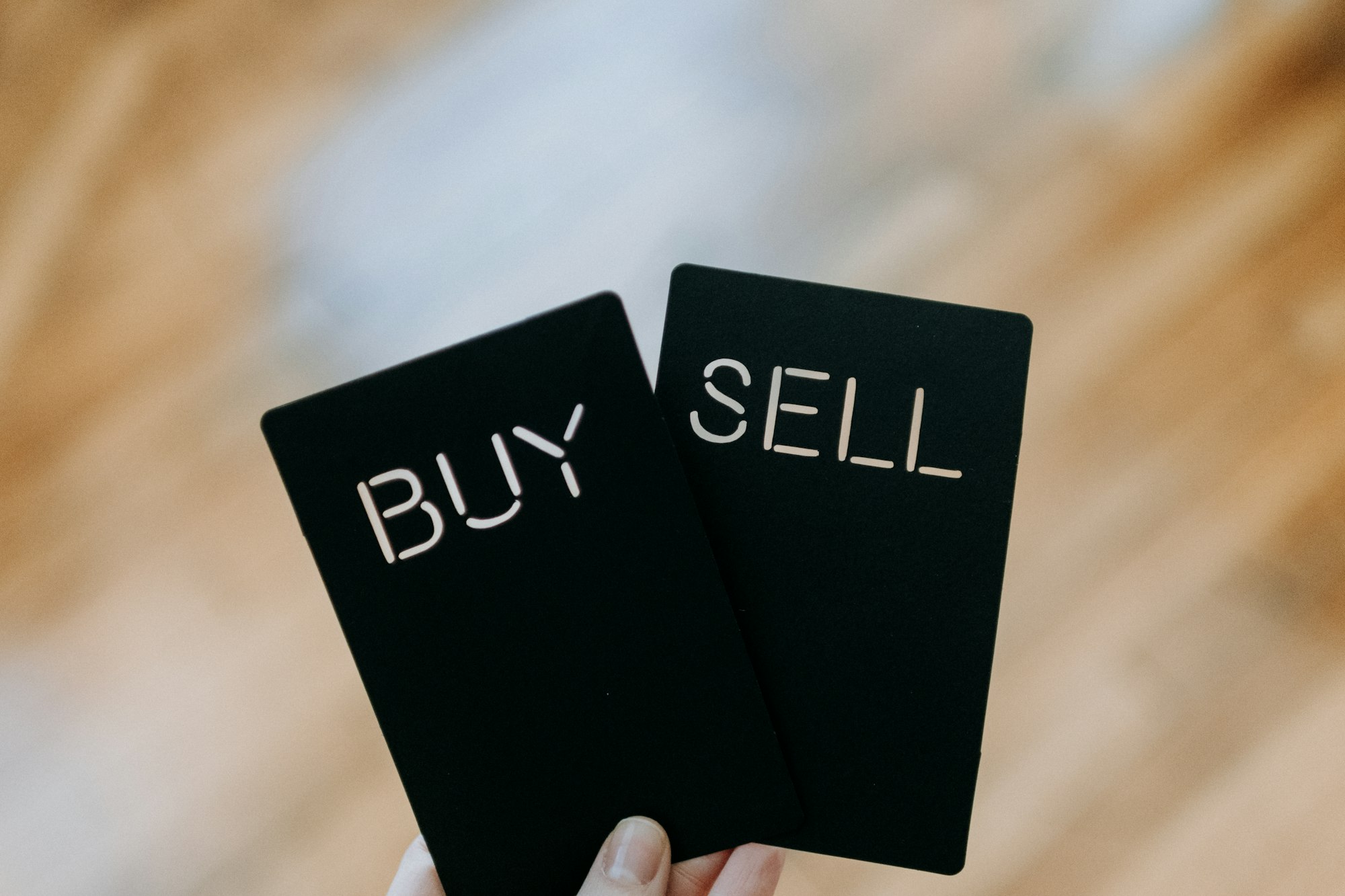Ebay Selling Masterclass: From Listing to Profit

Introduction
Ebay, as one of the world's largest online marketplaces, offers tremendous opportunities for both new and seasoned sellers. But to truly tap into its potential, understanding the nuances of the platform and crafting a tailored strategy is key. This masterclass is designed to guide you through the journey of selling on eBay, from listing your products to making a profit.
1. Finding Your Niche: The Starting Point
The first step to selling on eBay is identifying your niche. This involves understanding what you're passionate about and what the market needs. For instance, if you are a tech enthusiast, selling gadgets, accessories, or refurbished electronics may be your calling. Conduct market research using tools like Terapeak to identify trends and demands within your chosen niche.
2. Sourcing Products: The Heart of Your Business
Finding quality products at the right price is the cornerstone of your eBay business. You can source products from various places like:
- Wholesale Suppliers: Building relationships with reliable suppliers ensures consistent inventory.
- Liquidation Sales: Buying from liquidation sales can lead to obtaining products at significantly reduced costs.
- Garage Sales and Thrift Stores: These are excellent places to find unique or vintage items.
3. Creating Effective Listings: The Art of Presentation
Creating an appealing listing on eBay is a blend of art and science. Here's how you can make your listings stand out:
- Title Optimization: Use relevant keywords that potential buyers might search for. Include brand names, model numbers, and essential features.
- High-Quality Images: Pictures should be clear, well-lit, and showcase the product from various angles.
- Detailed Description: Outline the features, benefits, and any flaws of the product. Be transparent and honest.
4. Pricing Strategies: The Balancing Act
Pricing your products can be a challenging yet crucial part of your selling strategy. You'll need to consider:
- Competitor Pricing: Analyze what similar products are priced at on eBay.
- Your Costs: Include the cost of goods, shipping, eBay fees, and your desired profit margin.
- Auction vs. Buy It Now: Determine which pricing format suits your product best. Auctions can be great for unique or rare items, while Buy It Now gives more price control.
5. Customer Service: Building Trust and Reputation
Providing exceptional customer service is vital to building trust and a positive reputation. Respond promptly to questions, ship orders quickly, and handle returns or issues with professionalism.
6. Scaling Your Business: From Hobby to Full-time Gig
As you grow, you may consider moving from being a casual seller to running a full-fledged eBay store. This includes:
- Utilizing eBay Store Subscription Features: Take advantage of marketing tools, reduced fees, and other benefits.
- Diversifying Inventory: Expanding product lines according to market demand.
- Analyzing Performance: Regularly assess what's working and what's not, and adapt your strategies accordingly.
Conclusion
Ebay selling is more than just listing an item and waiting for a buyer. It's about understanding the market, positioning your products attractively, engaging with customers, and continuously adapting to the ever-changing online landscape. This masterclass has provided a comprehensive view of the steps needed to turn your eBay selling from a mere activity into a thriving business. By implementing these insights and maintaining a spirit of innovation and excellence, the path from listing to profit on eBay can be both rewarding and financially lucrative. Your success on eBay isn't merely about what you sell, but how you sell it. Embrace the journey with enthusiasm and strategic thinking, and the world of eBay might just become your profitable playground.